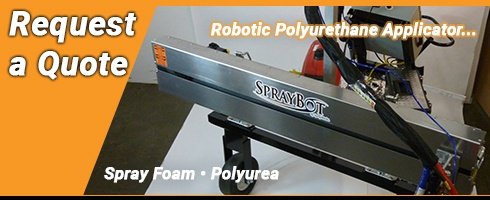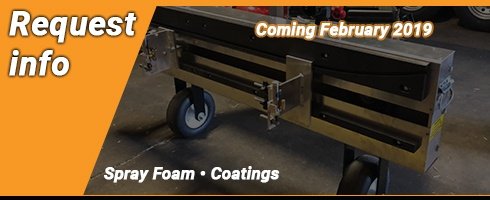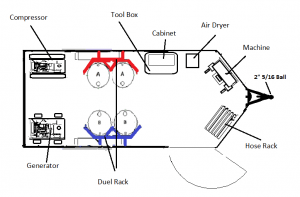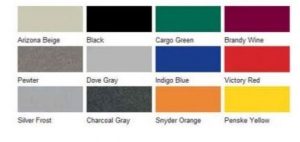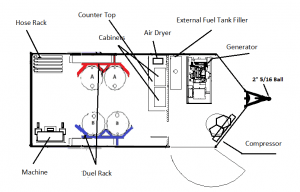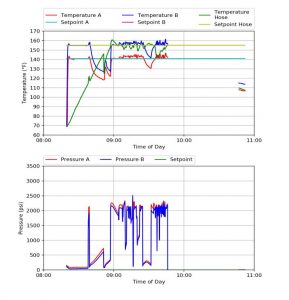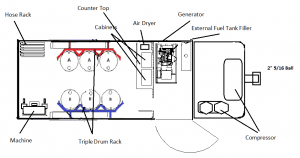Preventing pocketing is an important step in properly applying spray foam. Study the material manufacturer’s manual and take the proper steps to prepare your area before spraying foam. If the proper steps are taken for preparation, you will save time from preventing issues from occurring.
For the best application, first reference the material manufacturer’s manual. Do not exceed the total thickness acceptable in a single pass and allow the material to cure in between passes (typically about 10-15 minutes). Follow these steps to eliminate pocketing on your project.
Overcoming Pocketing Obstacles
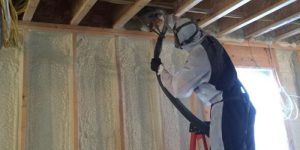
- Too much moisture: Moisture levels must be below 19%. Use a moisture probe before applying spray foam to check moisture levels. Excess moisture causes increases in spray foam volume, oftentimes resulting in pocketing.
- Substrate is not adequate temperature: Even if you live in a warm climate, temperatures can fluctuate. Check the manufacturers manual to determine what temperature the substrate needs to be in order to properly adhere. A temperature gun will give you an accurate temperature reading of the substrate.
- Substrate not adequately cleaned: Before applying spray foam, make sure the surface is wiped down and completely dry. Having debris or dust on your surface will impact the adherence of the foam.
- Off ratio: There are many variables that can cause off-ratio foam; if one side of material is too cold, if the settings are off, or other issues occur. Ultimately, off ratio foam causes poor application in studs.
- High heat: If heat is too high, this can also cause pocketing and often presents itself in a different color. This can also be a fire hazard.
- Spray technique: There are different ways to spray open cell foam to eliminate pocketing when spraying studs. Depending on the manufacturer you are using, they will recommend vertical or horizontal spray techniques – because of the chemical compound and how it settles in. For example; some material manufacturers will recommend picture framing while others recommend horizontal or vertical motion. In doing so, the overall spray quality can be improved and deliver a better end-product.
Learn advanced spray techniques with spray foam school by SprayWorks Equipment.

